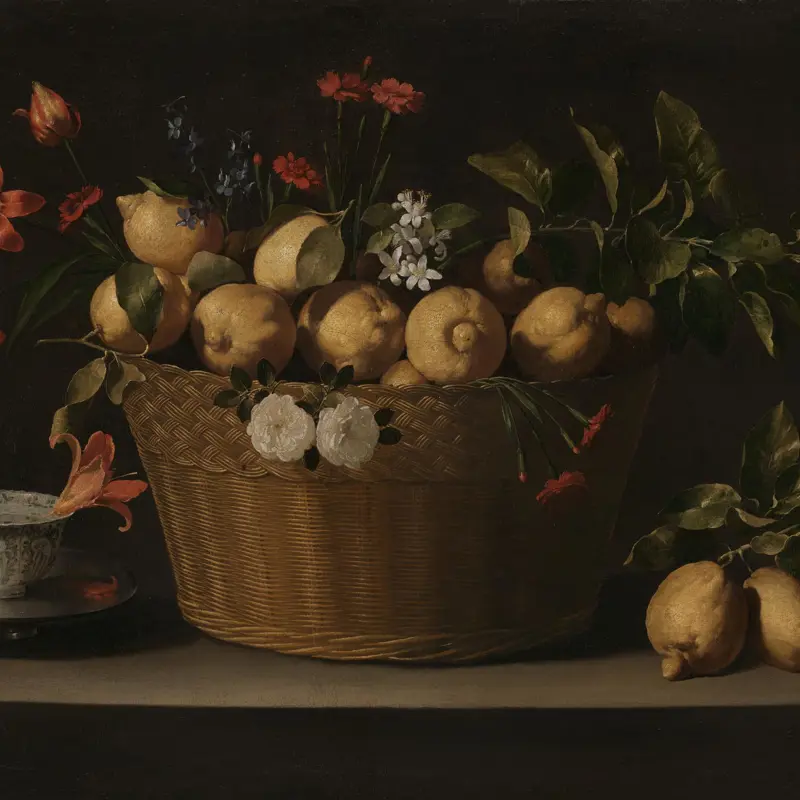Born in Llerena, 80 miles north of Seville, Juan was the son of the painter Francisco de Zurbarán, with whom he trained. Around 1629, when Juan was about nine years old, the family moved to Seville, where his father dominated the artistic scene until the mid-17th century. In 1641 Juan married Mariana de Quadros, the wealthy daughter of a procurator in the Real Audiencia of Seville, which brought him a considerable dowry and resulted in two children (born in 1642 and 1644). Tragically, Juan’s life and career came to an abrupt end: he died in 1649 at the age of just twenty-nine, a victim of the plague epidemic that hit Seville, wiping out almost half of the city’s population.
Juan’s paintings are extremely rare. Although he is recorded as having painted religious works (like his father) these have not survived, and he is known today exclusively as a still-life painter. Fewer than twenty paintings by Juan’s hand have been identified, only three of which are signed. In spite of their rarity, Juan’s still lifes are recognised as playing a vital role in the development of the still-life (or 'bodegón') tradition of the Spanish Golden Age.

